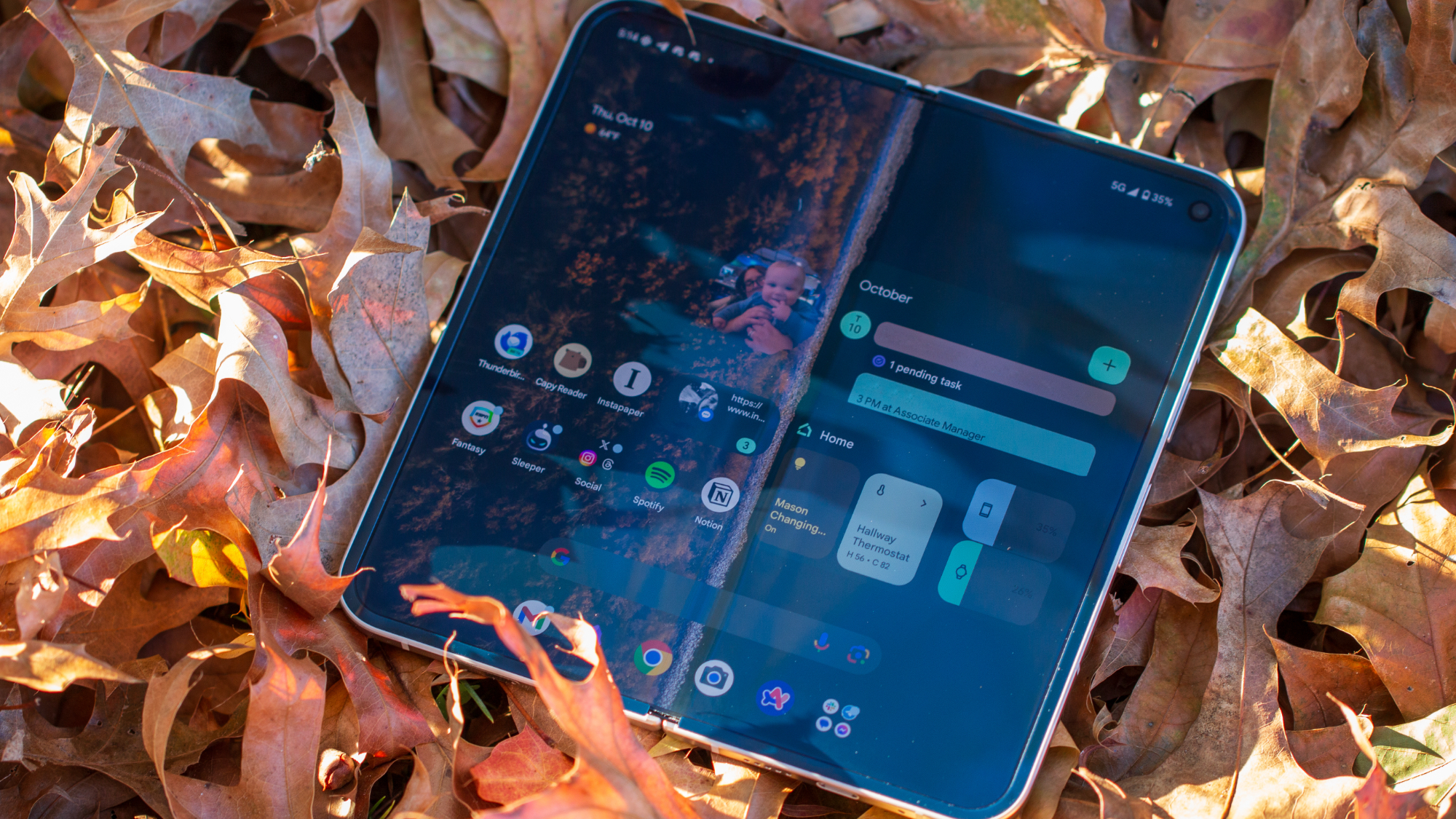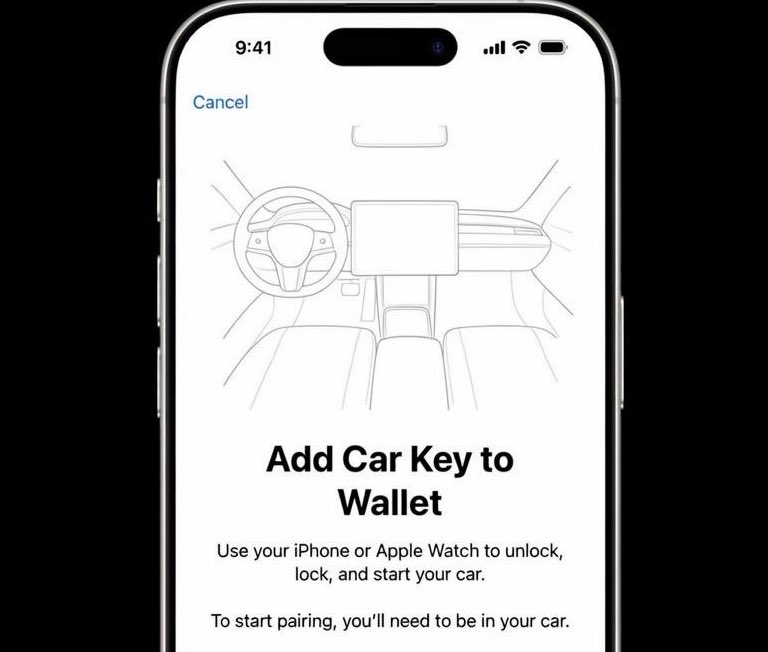For more than ten years, the iPad Pro has been the favored device for numerous users, including myself, compared to traditional Macs. Nevertheless, two major upgrades anticipated for 2026 might alter this preference: cellular connection and touch screen capability.
## Cellular Connectivity
Apple has progressed in mastering the cellular technology within its gadgets, unveiling the C1 modem in the iPhone 16e and the C1X in the iPhone Air. The excitement for 2026 involves the rollout of an enhanced C2 modem, which could extend to the Mac series.
Speculation points to a redesigned M6 MacBook Pro, expected to launch towards the end of 2026, featuring a modern aesthetic, OLED screen, and possibly, cellular connectivity through the C2 modem. There have been signs of this progression for a while, including code discoveries suggesting that high-end M5 MacBook Pro variants may include an Apple cellular modem.
The idea of a cellular Mac is thrilling, particularly for those who often work while traveling. The iPad Pro’s cellular features have made it an excellent choice for remote tasks, and adding similar capabilities to the Mac would increase its flexibility.
## Touch Screen Support
Beyond cellular connectivity, there are indications that Apple might finally bring touch screen support to the Mac. The expected late 2026 M6 MacBook Pro is anticipated to have an OLED display equipped with touch functionalities.
While the addition of touch support may not significantly transform the macOS experience, it would provide an auxiliary way to interact alongside the conventional keyboard and trackpad. The effectiveness of touch, as demonstrated by the iPad Pro when used with other input methods, may lead many users transitioning from PCs or Chromebooks to view the lack of touch on Macs as a disadvantage.
Having touch functionality on the Mac could improve usability in various situations, much like it does on the iPad. Numerous users instinctively reach for the display when using a MacBook, indicating a desire for this feature. Now seems the right time for Apple to update the Mac by adding touch capability.
In summary, the prospective introduction of cellular connectivity and touch screen support in the Mac lineup could profoundly influence user preferences and experiences. The significance of these features to users is yet to be determined, but they mark a move towards making the Mac more competitive with the iPad Pro.










